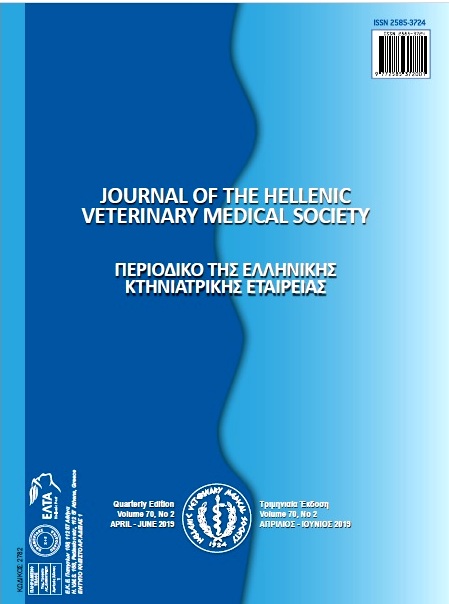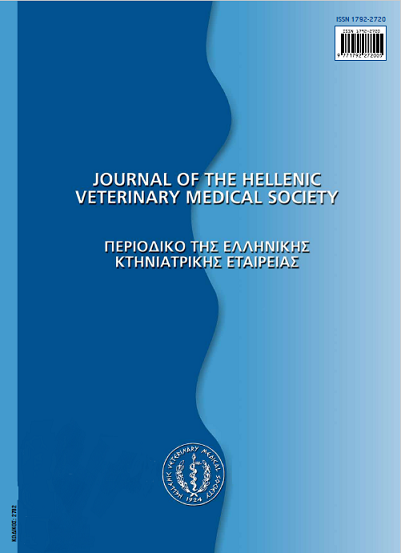Effect of chitosan coating on the shelf life of ready-to-eat bovine meatballs and the control of Listeria monocytogenes growth on their surface during refrigeration storage

Abstract
Edible chitosan coating on the surface of ready-to-eat (RTE) bovine meatballs was evaluated for its effect on their shelf life and the control of Listeria monocytogenes at 5 °C. L. monocytogenes was inoculated onto the surface of RTE bovine meatballs with and without edible chitosan coating. The samples were stored at 5 °C. Total aerobic viable count (TVC) and the bacterial counts of L. monocytogenes, lactic acid bacteria and Enterobacteriaceae were determined on days 0,1,7,14,21 and 28. The sensory characteristics were also evaluated at the same time spots by semi trained panelists. The results of the microbiological analysis depicted that the use of edible chitosan membranes reduced all of the microbial populations that were enumerated, and retarded their growth leading to the conclusion that they can prolong the shelf life of these products by 14 days. Moreover, the population of the inoculated L. monocytogenes was about 2 log CFU/g lower in the meatballs coated with chitosan, indicating an inhibitory effect of chitosan in the growth of L. monocytogenes. The sensory analysis showed that the samples coated with chitosan were satisfactorily accepted by the panelists even at day 28, in contrast to the samples without chitosan (control samples) which were unacceptable at day 14. These results indicate that edible chitosan coatings represent a potential agent in controlling L. monocytogenes on the surface of RTE meatballs as well as other RTE meat products, prolonging their shelf life without affecting their sensory characteristics.
Article Details
- How to Cite
-
ANTONIADOU, D., GOVARIS, A., AMBROSIADIS, I., & SERGELIDIS, D. (2019). Effect of chitosan coating on the shelf life of ready-to-eat bovine meatballs and the control of Listeria monocytogenes growth on their surface during refrigeration storage. Journal of the Hellenic Veterinary Medical Society, 70(2), 1495–1502. https://doi.org/10.12681/jhvms.20820
- Issue
- Vol. 70 No. 2 (2019)
- Section
- Research Articles

This work is licensed under a Creative Commons Attribution-NonCommercial 4.0 International License.
Authors who publish with this journal agree to the following terms:
· Authors retain copyright and grant the journal right of first publication with the work simultaneously licensed under a Creative Commons Attribution Non-Commercial License that allows others to share the work with an acknowledgement of the work's authorship and initial publication in this journal.
· Authors are able to enter into separate, additional contractual arrangements for the non-exclusive distribution of the journal's published version of the work (e.g. post it to an institutional repository or publish it in a book), with an acknowledgement of its initial publication in this journal.
· Authors are permitted and encouraged to post their work online (preferably in institutional repositories or on their website) prior to and during the submission process, as it can lead to productive exchanges, as well as earlier and greater citation of published work.




